Convenience fees can be used to help offset some or all of the costs of payment processing to the consumer but there are significant limitations and rules to keep in mind. This article will explain convenience fees, the guidelines when imposing, and important exceptions for government and education industries.
Most consumers love their credit cards for the rewards they receive and businesses usually pay for these rewards in credit card processing fees. You can pass on these costs and lower your overhead by adding a convenience fee.
What are Convenience Fees?
A convenience fee is a fee charged to the consumer for the convenience of paying with a credit card outside of that vendor’s standard payment channel. Meaning, the customer is purchasing and paying for an item outside of the usual way that that vendor accepts credit cards. Buying movie tickets online is a perfect example of a transaction having a convenience fee added. Typically when going to the movies, people purchase their tickets at the theater before the film starts. Today, many theaters offer the ability to buy movie tickets online, and most have a convenience fee for these ticket purchases.
Another common place to see a convenience fee is paying for college tuition with a credit card instead of paying by check or immediate withdrawal from a checking account. Taxes are another great example as the IRS is required to collect the full amount of taxes owed. If they didn’t impose a convenience fee, then they would be receiving the tax payment minus the transaction costs from everyone who paid with a credit card.
It is important to note that MOTO or Mail Order/Telephone Order and e-commerce businesses cannot impose a convenience fee because their common payment channel is exclusively card-not-present.
Convenience Fee Guidelines
Just like with everything else in this world, there are rules for being able to impose a convenience fee. Here are the rules merchants must follow:
- The customer must be informed of the convenience fee before the transaction is complete.
- The payment must take place outside of the vendor’s standard payment acceptance channel.
- The amount of the convenience fee must be a flat fee or a fixed dollar amount. It cannot be a percentage of the total sale.
- The transaction cannot be a card-present transaction, not face-to-face.
- It must run as a single transaction, ticket item and convenience fee together
- The convenience fee must be applied to every transaction run in that alternative payment channel. Visa, MasterCard, Discover & American Express must all be subject to the same convenience fee.
Are the Exceptions the Rule?
Government and educational entities can apply a convenience fee to both card-present and card-not-present transactions. They are also not be bound within fixed dollar amounts and can make this fee a percentage of the total sale. Only government and educational businesses can pass on the full cost of credit card processing and debit card transactions as a convenience fee. For all other businesses, surcharging can be used to cover all their payment processing fees.
Below is a list of government & educational entities that can add convenience fees, including their Merchant Category Codes (MCCs).
Education:
- MCC – 8220 – Colleges, Universities, Professional Schools & Junior Colleges
- MCC – 8211 – Schools – Elementary & Secondary
- MCC – 8244 – Schools – Business & Secretarial
- MCC – 8249 – Schools – Trade & Vocational
Government:
- MCC – 9211 – Court Costs including Alimony & Child Support
- MCC – 9222 – Fines
- MCC – 9311 – Tax Payments
- MCC – 9399 – Government Services – Not elsewhere classified.
Is a Convenience Fee and a Surcharge the Same Thing?
No, they often are mistaken for the same thing, but they are not the same. A surcharge is an additional cost just for the privilege of paying with a credit card.
- Almost anyone can surcharge regardless of the payment environment if the merchant’s state allows it.
- Businesses can surcharge in a face-to-face, card-present environment.
- A surcharge fee can be a percentage of the total sale amount to cover the full cost of credit card transactions.
There is a fair amount of information to consider when deciding to impose a convenience fee on your customers. To find out if a convenience fee or a surcharge solution is right for you, contact us today, and we can guide you through your options.

